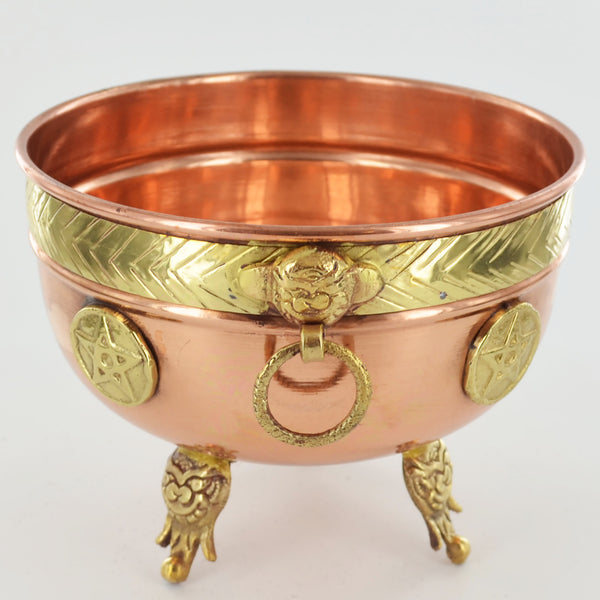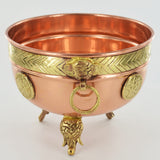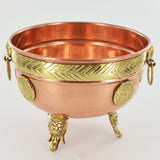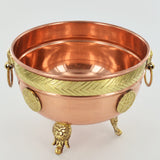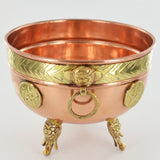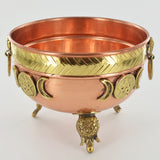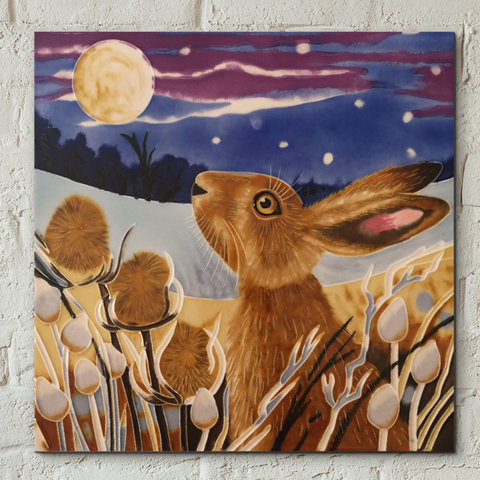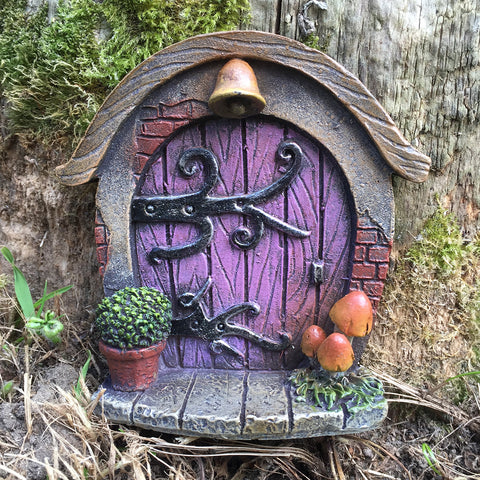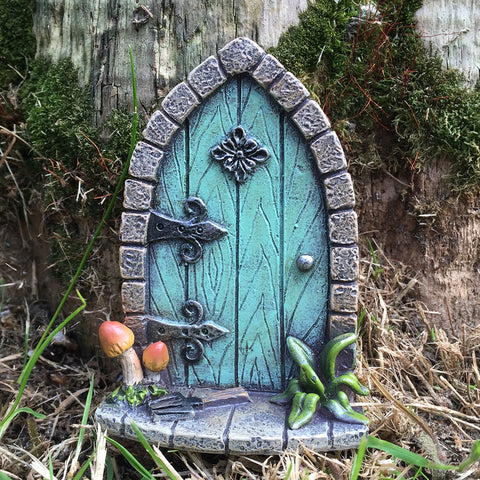Large Copper Bowls with Magic Symbols - Two Designs
£35
is on back order
- Copper Mystical Pagan Bowls
- Made from Copper with brass logos and trim
- Triple Moon & Pentagram designs available
- Perfect altar accessory
- Has Attached Brass Dragon Themed Legs and Handles

Fabulous home decor or if you're brave enough with magic and potions - why not keep some ingredients in each bowl before adding to your cauldron. A wonderful decorative Wicca piece that is sure to become a highly eye-catching feature in your home. An incredibly detailed item that has Brass dragon sculpted handles and legs.
These magical bowls are a perfect gift for any budding witches or for fans of the fantasy world and genre. See below for the meanings behind each design.
Dimensions: Height: 10cm | Width: 13cm | Depth: 13cm | Weight: 0.3kg

The Triple Moon:
The triple moon symbol, depicting the three phases of the moon (waxing crescent, full moon and waning crescent), is often used to represent the Triple Goddess of Wicca and Neopaganism, where the Goddess is ascribed the three aspects of Maiden (representing youthful enthusiasm and the promise of new beginnings), Mother (representing ripeness, fertility, sexuality, and power) and Crone (representing wisdom, repose, death and endings). These cauldrons are also available in a medium and large size! Perfect for all your charms and rituals.
The Pentagram:
The five-pointed star known as the pentagram or pentangle, often circumscribed by a circle, symbolizes the five classical elements in Wicca (earth, air, fire, water, and spirit), as well as the five appendages of the human body, the five senses and various other magical and symbolic associations. The pentagram was used symbolically in ancient Greece (particularly among the followers of Pythagoras), Mesopotamia and Babylonia, and was also used as a Christian symbol for the five senses or the five wounds of Christ. Cornelius Agrippa and others perpetuated the popularity of the pentagram as a magic symbol, keeping the Pythagorean attributions of elements to the five points. Six- and seven-pointed stars were also used with different symbolism. By the mid-19th Century, a further distinction had developed amongst occultists regarding the pentagram's orientation: it was considered essentially "good" when shown with a single point upwards (depicting spirit presiding over the four elements of matter), but Eliphas Lévi called it "evil" when it appeared inverted (point down). The inverted pentagram came to be associated, particularly by Christians, with Satanism and evil, and the modern Satanism movement adopted the inverted pentagram (often with the head of a goat inside it) as the Sigil of Baphomet.

